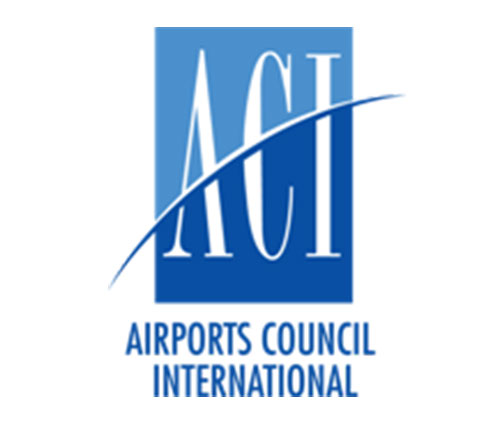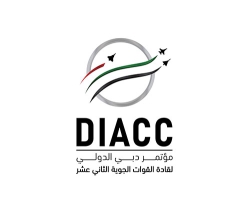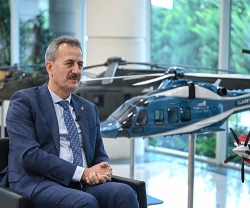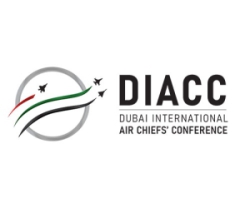Airports Council International (ACI) World published last week its annual Airport Economics Report and Key Performance Indicators which show the important role that the airport industry plays in fostering global economic prosperity.
The reports include key financial data on developments in the airport business for the financial year 2018. They provide a snapshot of a healthy and globally profitable industry before the advent of the COVID-19 pandemic and serve as an indication of how crucial a fair, balanced, and equitable recovery from the pandemic will be for aviation and the global economy.
“The COVID-19 outbreak has resulted in an unprecedented and dramatic decline in air travel this year. Airport revenue generation and growth are directly linked to traffic levels and the global airport industry is expected to lose $76 billion in 2020,” ACI World Director General Angela Gittens said.
“Airports are facing difficult prospects right now because a significant proportion of airports’ costs - capital costs in particular - are fixed, leaving less of a cushion during a downturn, especially one of this unprecedented magnitude,” she added.
ACI’s Economics Report found that global industry revenue grew by 4.3% to reach $178.2 billion in 2018, but that revenue per passenger declined by 1.7%. The distribution of global revenues was:
- Aeronautical revenue: 55.9%
- Non-aeronautical revenue: 39.2%, and
- Non-operating revenue: 4.9%.
Global airport revenue per passenger was $17.95, of which aeronautical revenue accounted for $10.03 and non-aeronautical revenue $7.03 (the remainder is non-operating revenue). Significantly, total cost per passenger was $13.76, further illustrating the importance of developing sources of non-aeronautical revenue to bolster the revenue collected from aeronautical activities.
Airport revenues grew less than traffic and the decrease in aeronautical and non-aeronautical revenues on a per-passenger basis of 2.3% and 2.2% respectively are reflective of the diverse market forces shaping airport pricing. Airport charges and capacity constraints require flexible solutions that move away from strict forms of pricing regulation, considering the long-term forecasts for global air service demand still show the potential for growth.
The publications include comprehensive data from a sample of more than 900 commercial airports with in-depth analyses of air transport demand, airport revenues and costs. The main drivers of aeronautical and commercial revenues, and sources of airport costs, are analyzed over time and across various dimensions.
Snapshot of key industry facts for the 2018 financial year:
- Global industry revenue year-over-year growth (2018/2017): 4.3%
- Global industry revenue: US$178.2 billion
- Revenue per passenger year-over-year growth (2018/2017): –1.7%
- Distribution of global revenues: aeronautical (55.9%), non-aeronautical (39.2%) and non-operating (4.9%)
- Global airport revenue per passenger: US$17.95
- Global aeronautical revenue per passenger: US$10.03
- Global non-aeronautical revenue per passenger: US$7.03
- Total cost per passenger: US$13.76
- Ratio of aircraft-related to passenger-related charges: 38:62
- Distribution of non-aeronautical revenue by key source: retail concessions (28.9%), car parking (20.4%) and property and real estate income or rent (14.9%)
- Operating expenses to capital costs ratio: 65.9% to 34.1%
- Largest operating expense categories: personnel expenses (33.9%) and contracted services (24.9%)
- Global debt-to-EBITDA ratio: 4.48
- Global return on invested capital (ROIC): 7.1%.





















